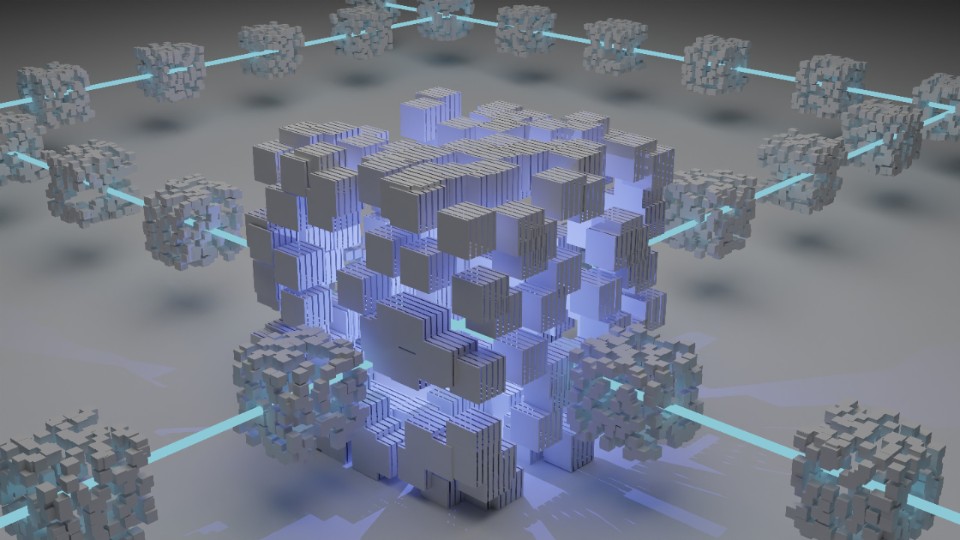It was October 31, 2008, when an anonymous programmer and cryptography expert who goes by the name Satoshi Nakamoto sent a message to a specialized mailing list, “I’ve been working on a new electronic cash system that’s fully peer-to-peer, with no trusted third party”. Attached to the email was a nine-page file, later known as the Bitcoin White Paper.
Through that document, Satoshi Nakamoto unveiled a new form of digital money to the world – the bitcoin. The idea of a digital currency was nothing new. However, to overcome the limitations of the experiments carried out in previous decades – by cryptography experts such as David Chaum, Adam Back, or Dai Wei – Satoshi used cryptography not only to protect his digital wallet from hacker attacks, but also to verify that each transaction was conducted properly, prevent a person from spending the same money twice (a problem known as “double-spending”), and much more.
The double-spending issue was solved by Satoshi Nakamoto through a complex process: once a transaction is completed, it is reported to all computers that have joined the bitcoin network by downloading a special software. All connected computers can verify that the user owns the money they are trying to spend. All they have to do is consult a special public digital ledger to which they have access. This ledger contains the list of all bitcoin transactions and uses cryptography to prevent it from being altered and hacked. Once the transfer is confirmed, it is placed in a group of recent transactions, called a “block”.
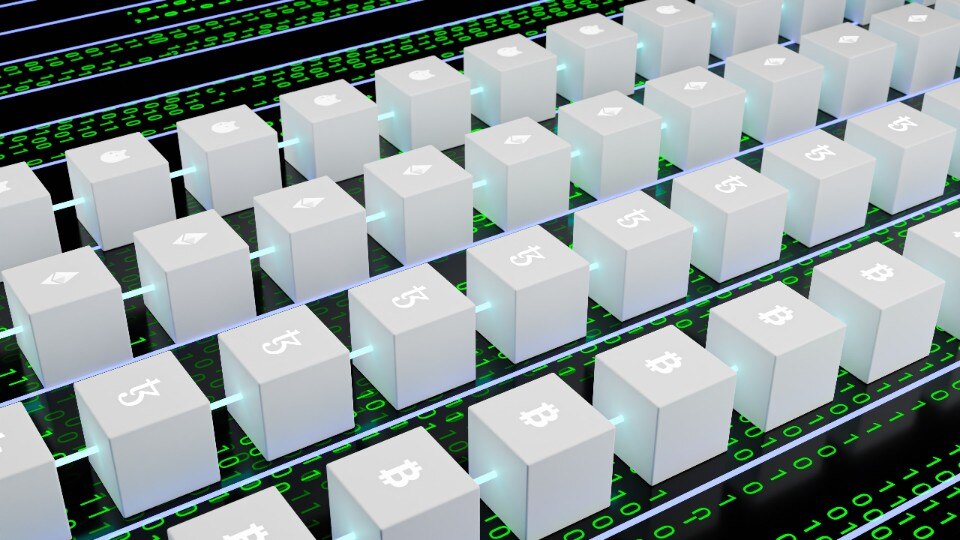
However, in order to add transactions to blocks, and blocks to the ledger, one of the computers connected to the bitcoin network must first solve a very complicated math puzzle. The greater the computing power of the computer, the greater the probability that it will find the solution. The first to win this colossal computer race not only validates a series of transactions but also receives a certain amount of bitcoins in return (at first they would receive 50, but the reward was halved every 210 thousand validated blocks, and it now comes down to 6.25 bitcoins). This provides an economic incentive that makes this voluntary system work.
And just like that, blockchain was born – the system invented by Satoshi Nakamoto along with bitcoins, in order to make it possible to use this digital currency. Therefore, unless someone manages to win 51% of the computing power of the entire blockchain – an almost impossible feat within a distributed and decentralized system – it isn’t possible to make unilateral changes to the ledger, as the necessary agreement among the nodes would be lost. This is crucial because the decentralization of blockchain is what makes it secure and distributed – it relies on the “democracy of computing power” ensured by the thousands of participants in the bitcoin blockchain. But while in the early years, it was possible to use a standard computer to join this computing race, today, miners – those who mint bitcoins – use professional tools in actual bitcoin factories.
The blockchain invented by Satoshi Nakamoto along with bitcoins was indeed the first of its kind, but it certainly isn’t the only one. In addition to the blockchains that hold a variety of cryptocurrencies (from older ones like Dash or Litecoin to newer and broader ones like Cardano or BNB by Binance), it’s worth focusing on the first project that used blockchain technology for much broader purposes than just creating digital currencies.
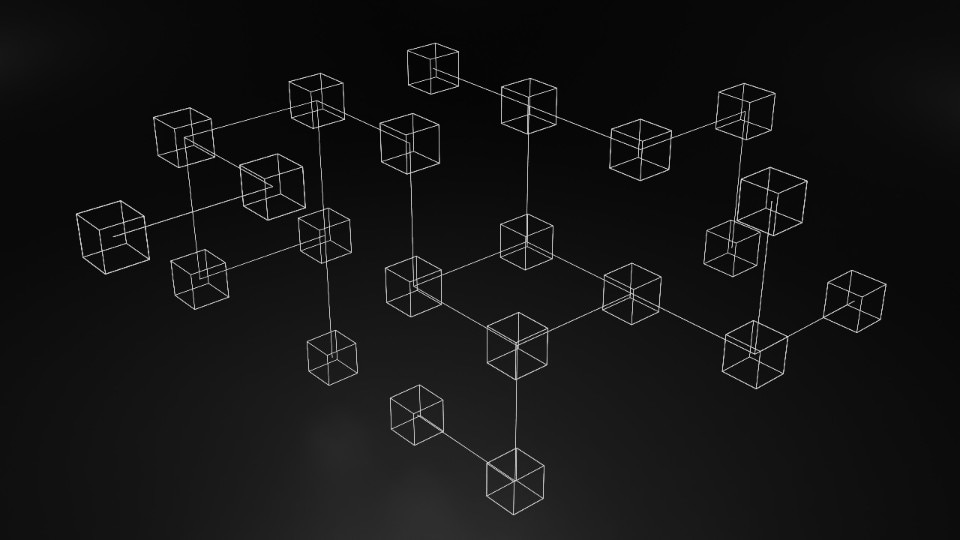
Canadian Vitalik Buterin is the super-young (Class-of-‘94) programmer who, in September 2014, released the Ethereum White Paper – a blockchain that not only made it possible to mint the ether cryptocurrency but also implemented so-called smart contracts for the first time. These are automated contracts that are executed as soon as the conditions signed between the parties are met. Buterin’s insight was crucial: blockchain can automate not only economic transactions but also agreements and exchanges of all kinds.
For example, smart contracts can be used to create a system that automatically triggers payment upon delivery of the agreed service, or that automatically distributes the revenue of a business to all participants. This led to the emergence of early projects that sought to use the potential of blockchain and smart contracts for different purposes – from Follow My Vote, which investigates how to let anyone vote securely from their computer or smartphone, to LO3 Energy, which imagines a future where anyone with solar panels on their roof can sell energy to their neighbors through automated blockchain-based auctions. More recently, Ethereum’s blockchain has underpinned key innovations such as NFTs – the blockchain-based certification that makes it possible to buy and sell digital collectibles – and the entire so-called web3 ecosystem.
One more thing about Ethereum. From the very beginning, Buterin was aware of the two main limitations of the blockchain that manages bitcoins: it’s slow and it consumes loads of energy. Both problems are related to the colossal computing race required to validate transactions. Today, for example, the production and use of bitcoins consume around 77 terawatt-hours per year, about as much as a country like Chile. The complexity of this mechanism also limits bitcoin transactions to no more than seven per second, flooding the network every time demand increases.
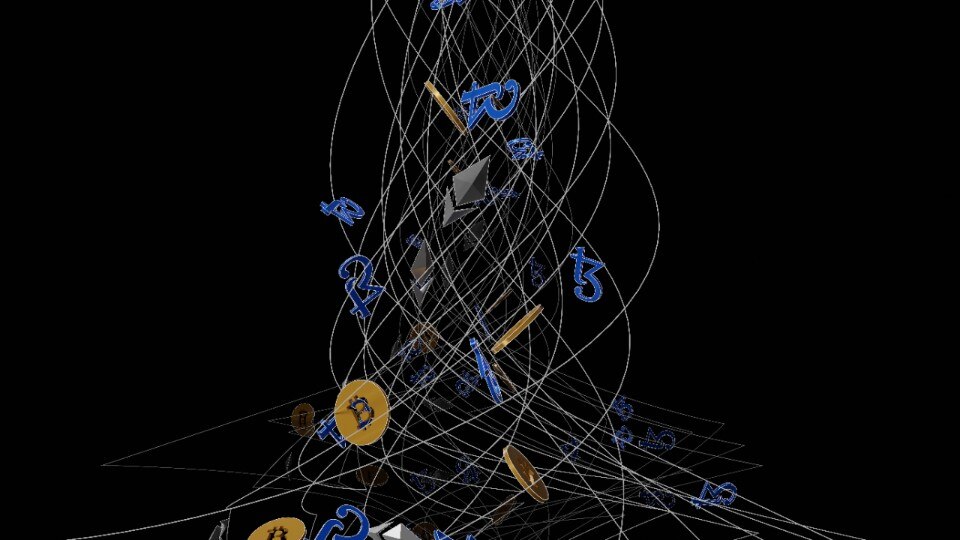
This problem has recently been solved by Ethereum – and a number of other smaller blockchains – through something called “proof-of-stake”. Within this system, miners and their colossal race for computing power are replaced by “validators”, who no longer have to solve algorithmic puzzles to participate, but must simply deposit a sum of money (stake) as a deposit (starting from a minimum of 32 ethers, currently equivalent to about $50,000). The more money one deposits, the greater the chance of being selected as a validator, who confirms the transaction to be added to the blockchain in exchange for more ether. Anyone caught cheating the system will lose some or all of the money they have deposited.
Further innovations, such as sharding, aim to split the Ethereum blockchain into 64 autonomous but connected chains, increasing its transaction processing capacity – although this won’t happen before the end of 2023. When Ethereum’s proof-of-stake was implemented in the fall of 2022, consumption was reduced by 99%. The innovations that will be gradually introduced should instead enable this blockchain to complete even 100 thousand transactions per second (an amount comparable to those processed by networks such as Visa).
Finally, it should be noted that today there are also many private blockchains, usually known under the acronym DLTs (Digital Ledger Technologies). The main difference with public blockchains is that only authorized users can access these services, which are almost never linked to a cryptocurrency (although nothing prevents this). These tools are generally used by companies that deal with large-scale distribution, logistics, and other activities that involve certifying products or tracking their movements.
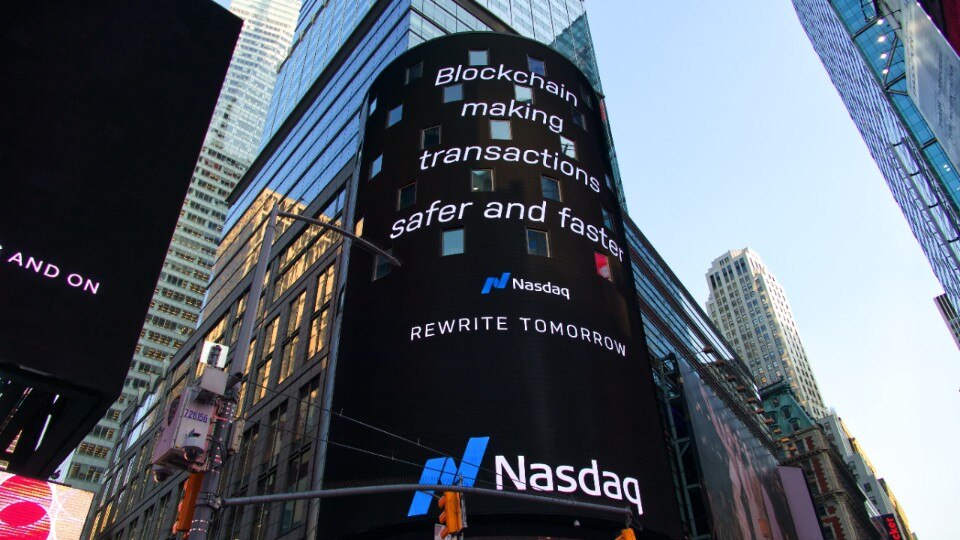
It’s been almost fifteen years since Satoshi Nakamoto unveiled bitcoin to the world along with blockchain – a technology with great potential, but one that has yet to live up to the enormous expectations placed upon it. After the NFT and Crypto crash and the declining attention to the so-called web3, one thing is clear: it will take time for blockchain to overcome the skepticism surrounding it.
Opening image: Courtesy Shubham Dhage via Unsplash


